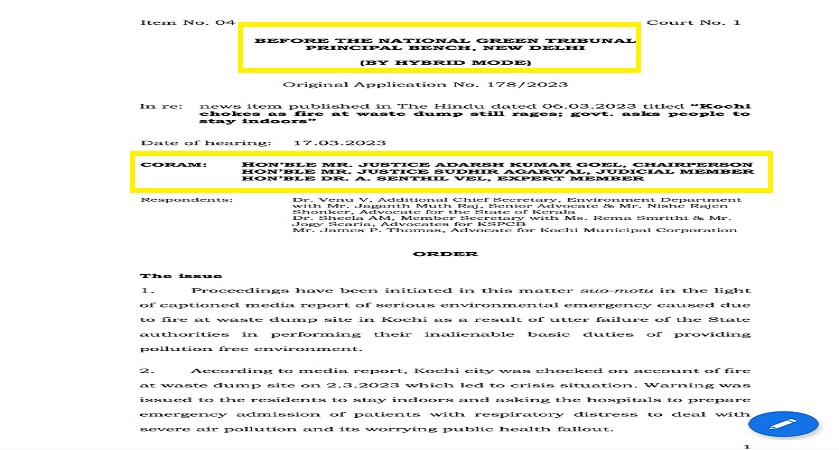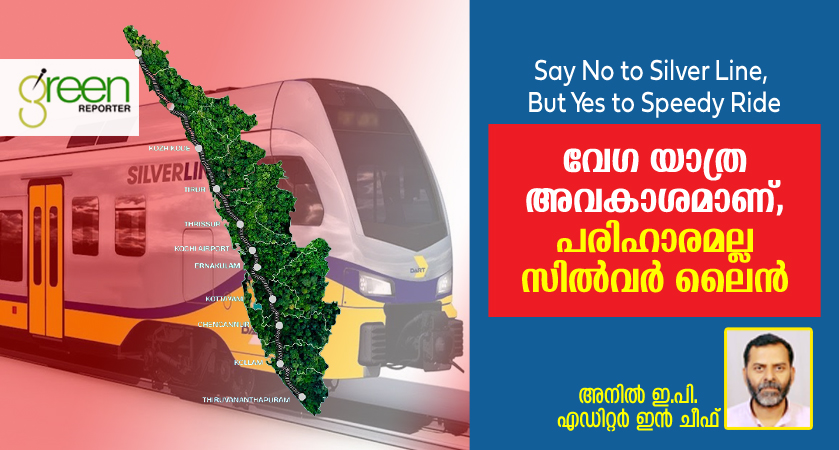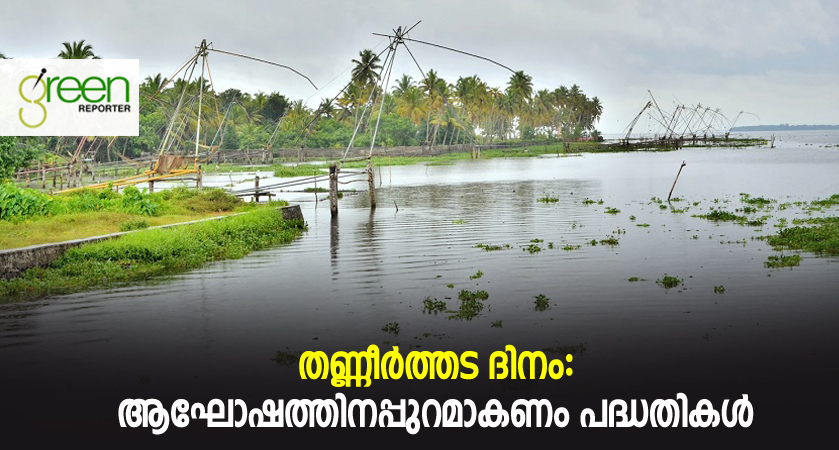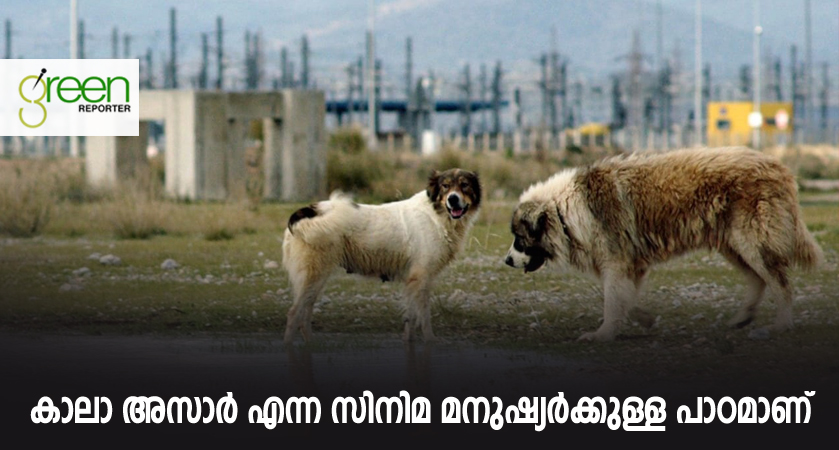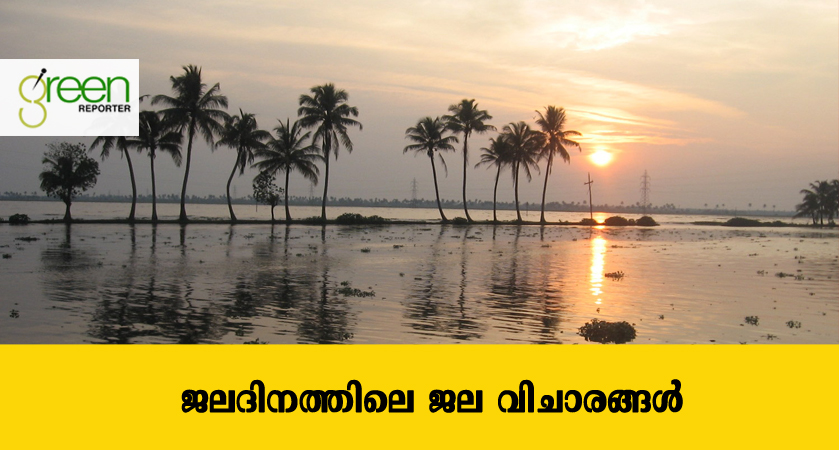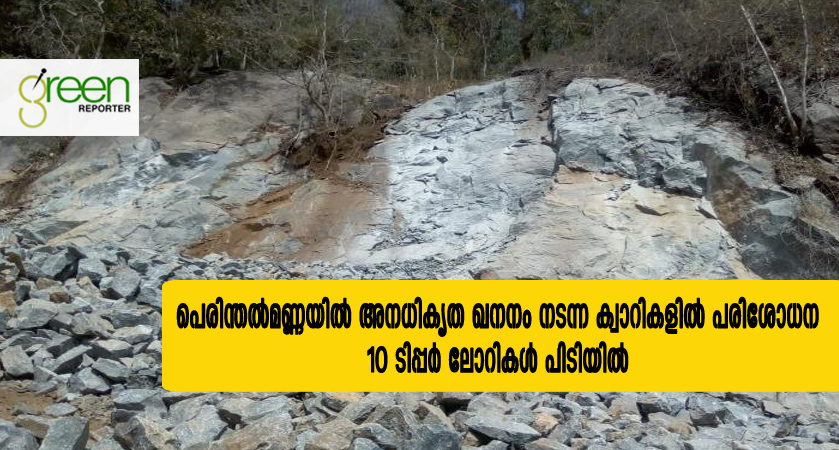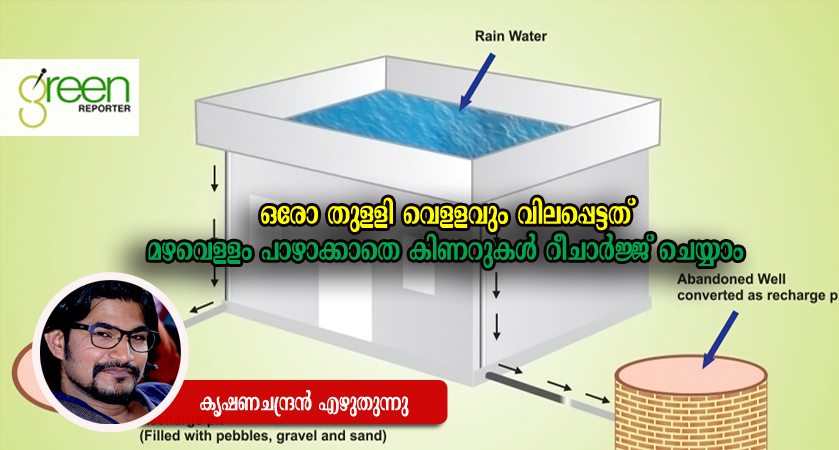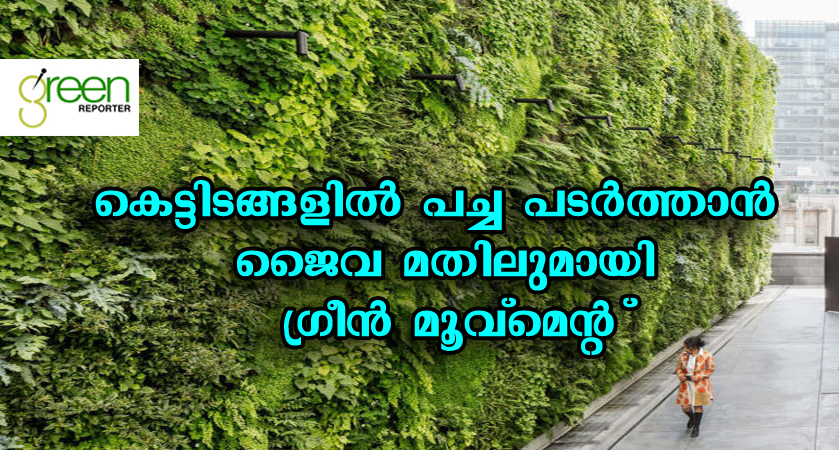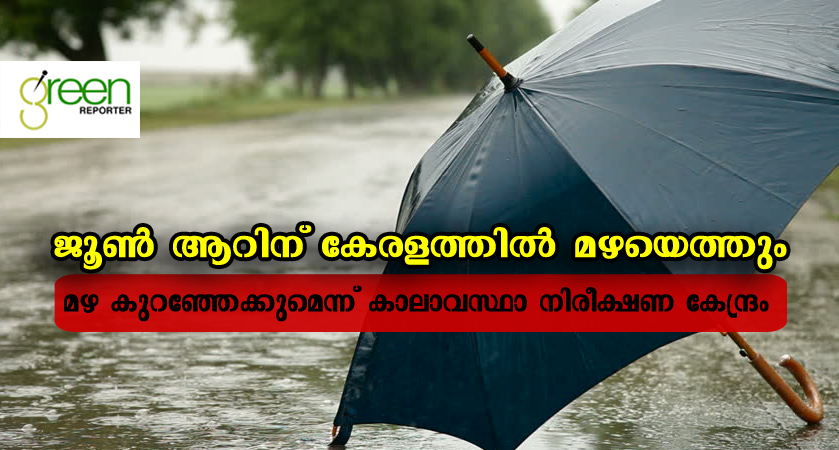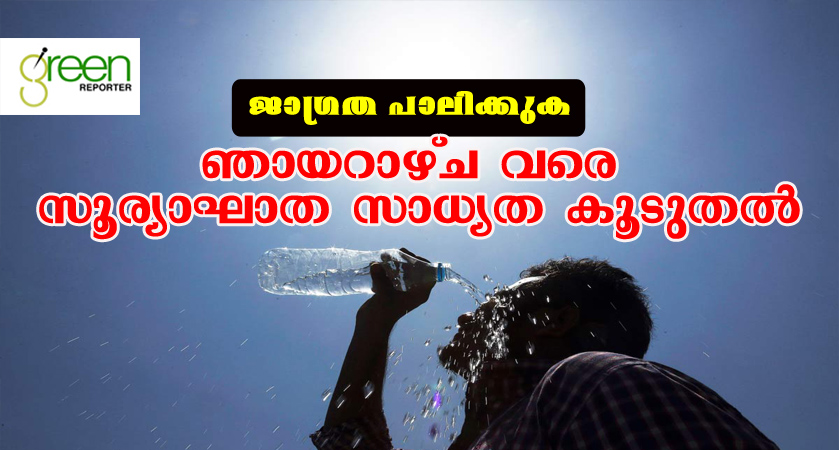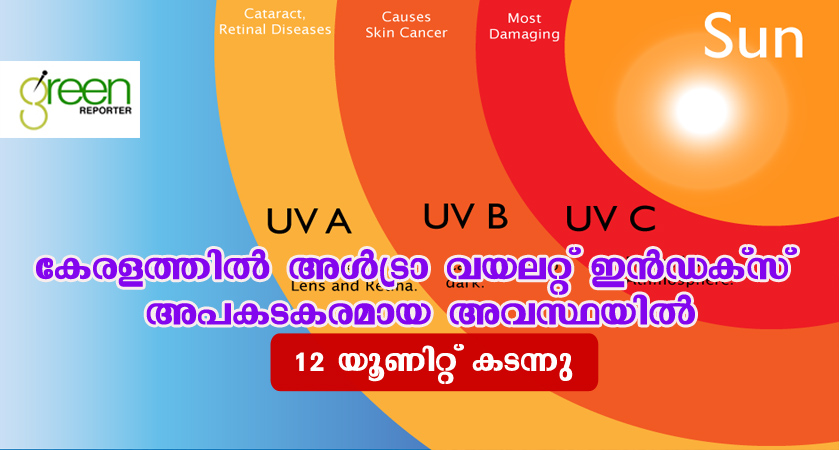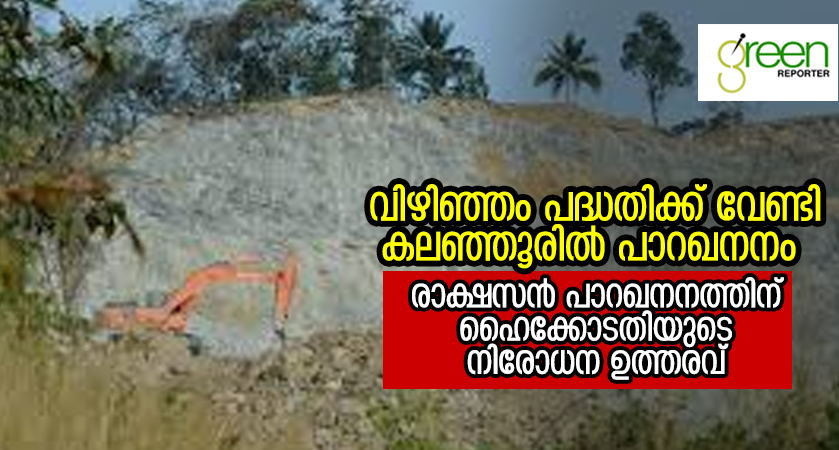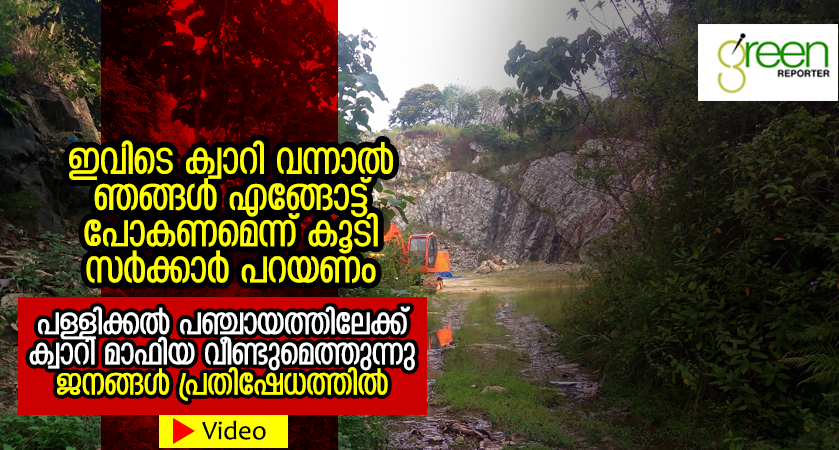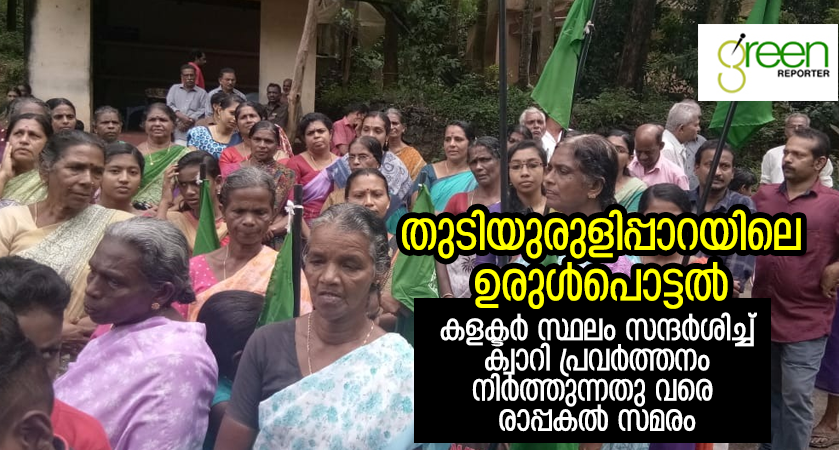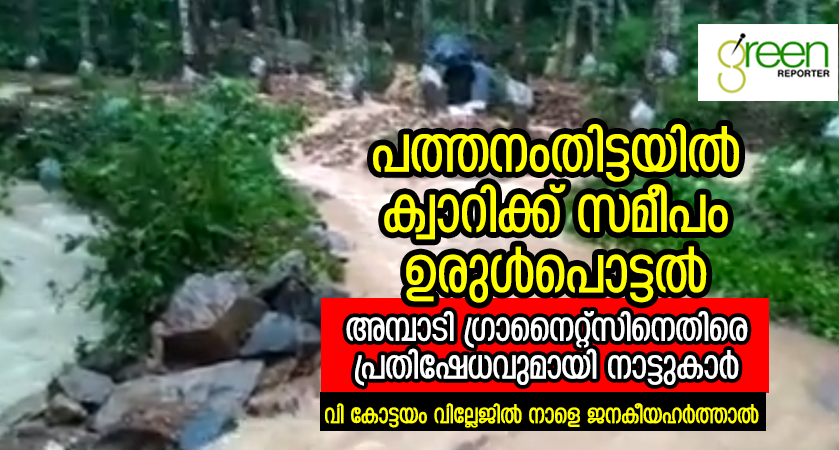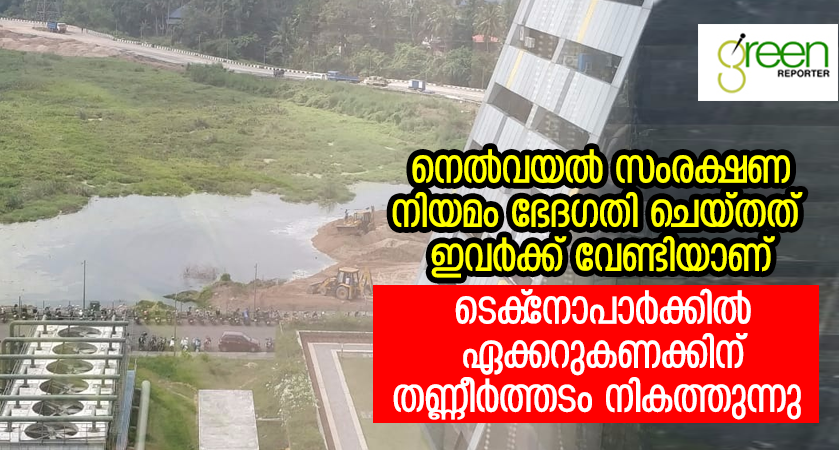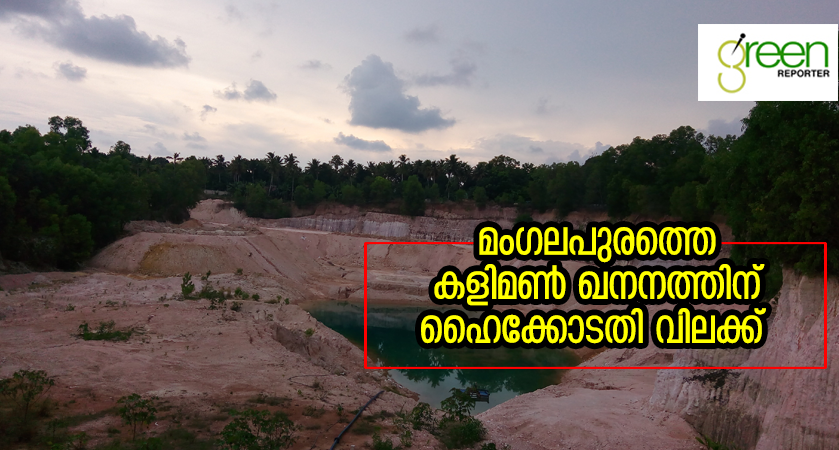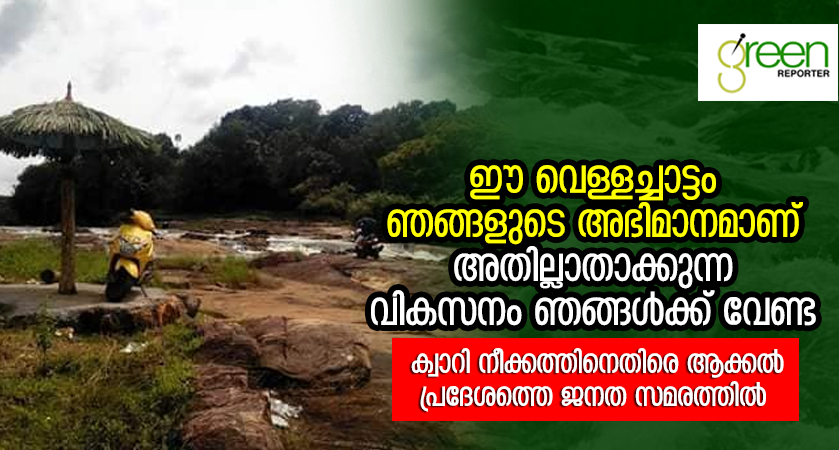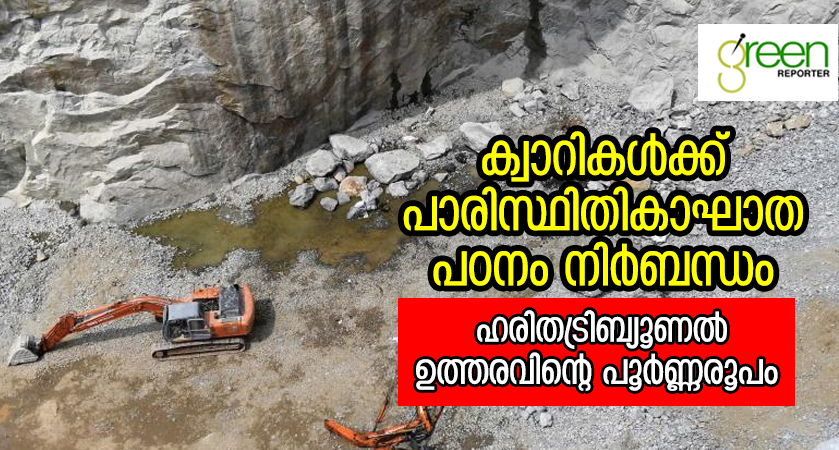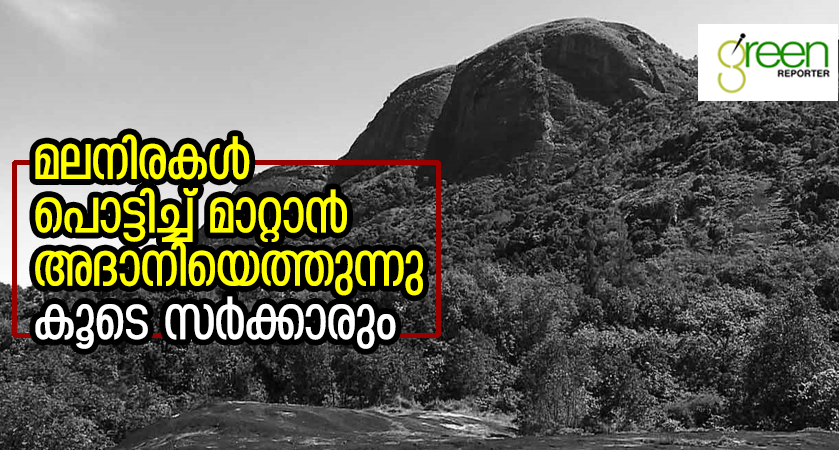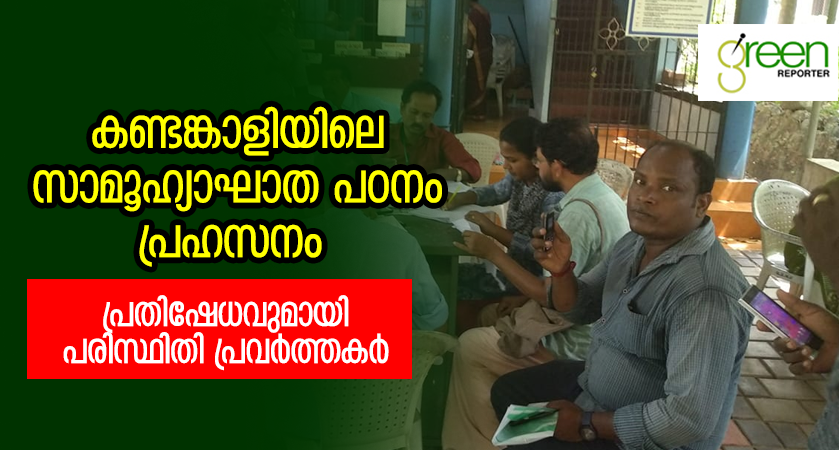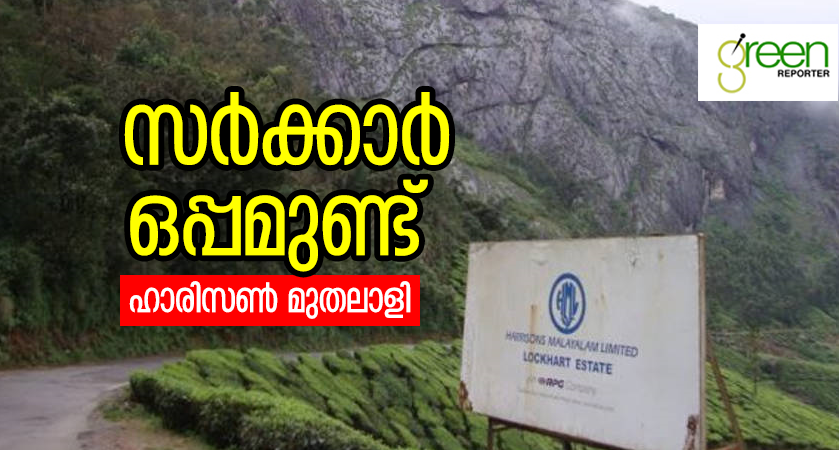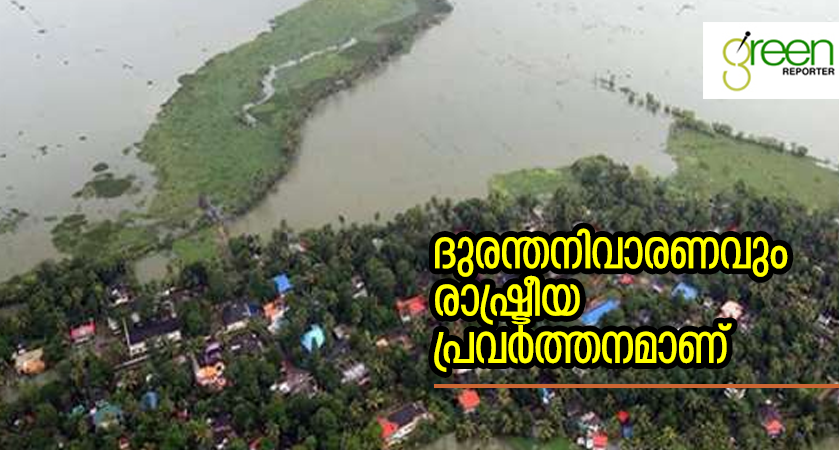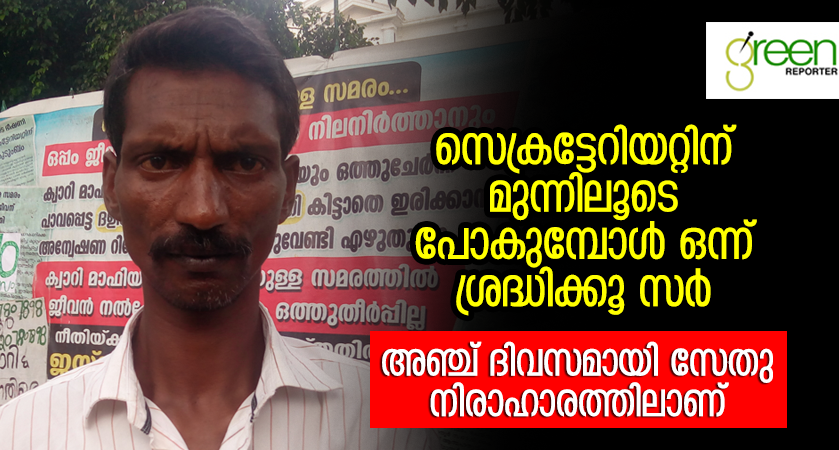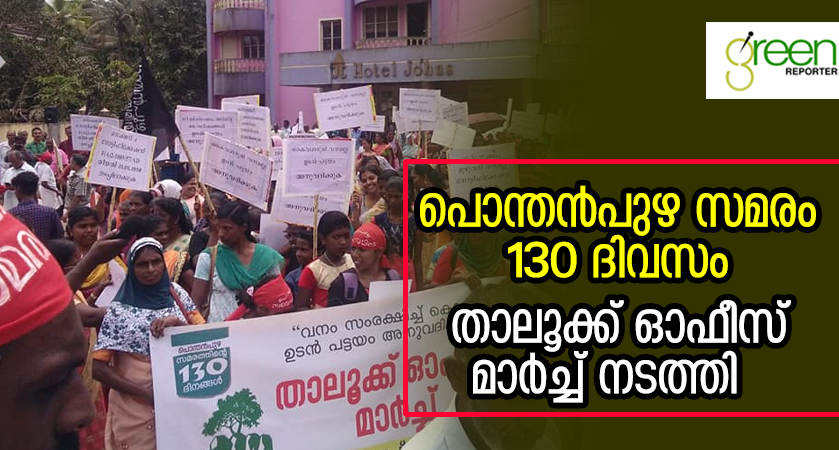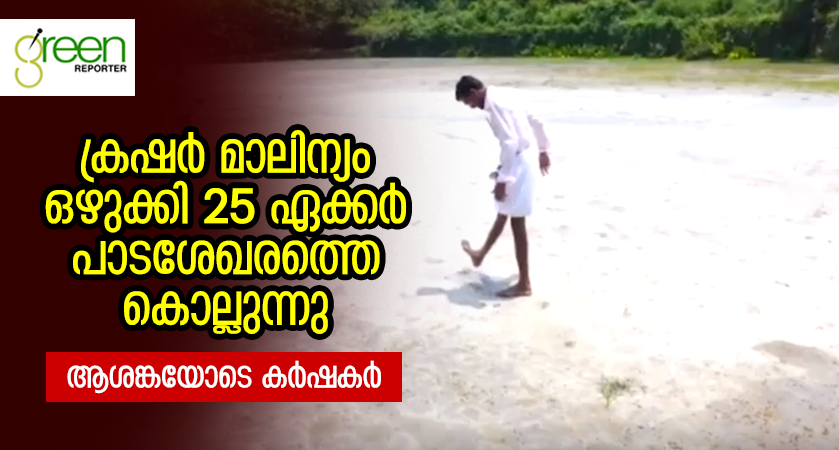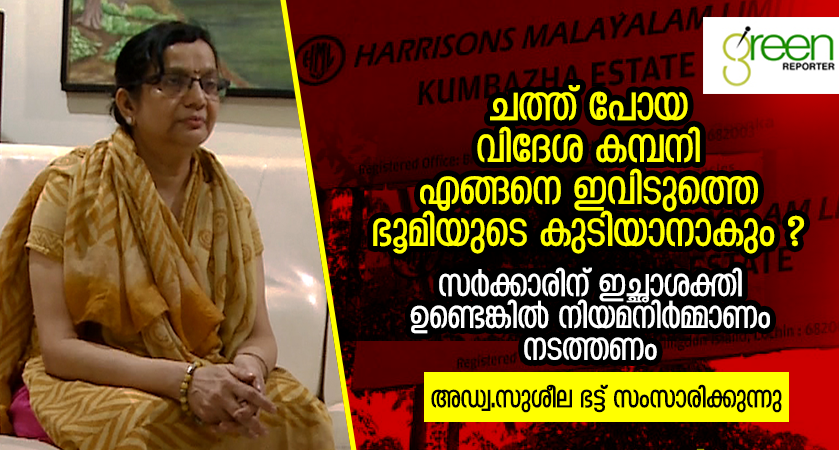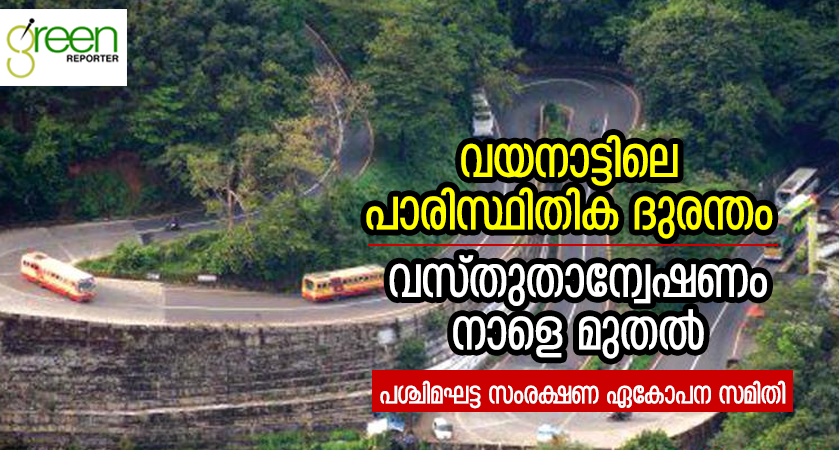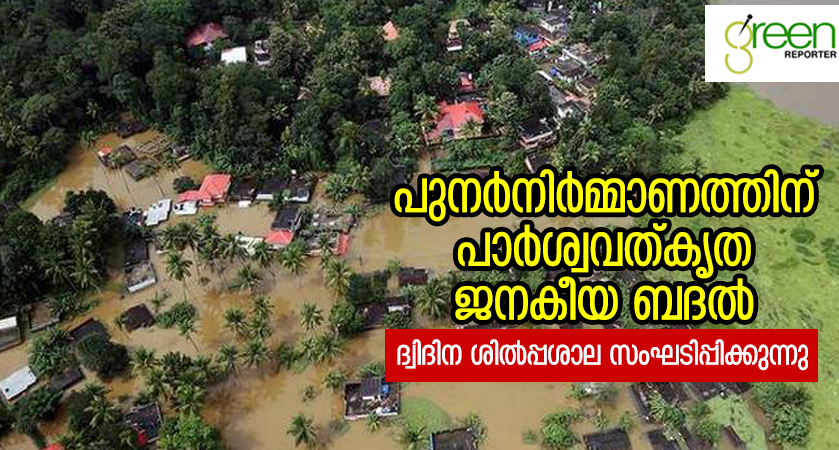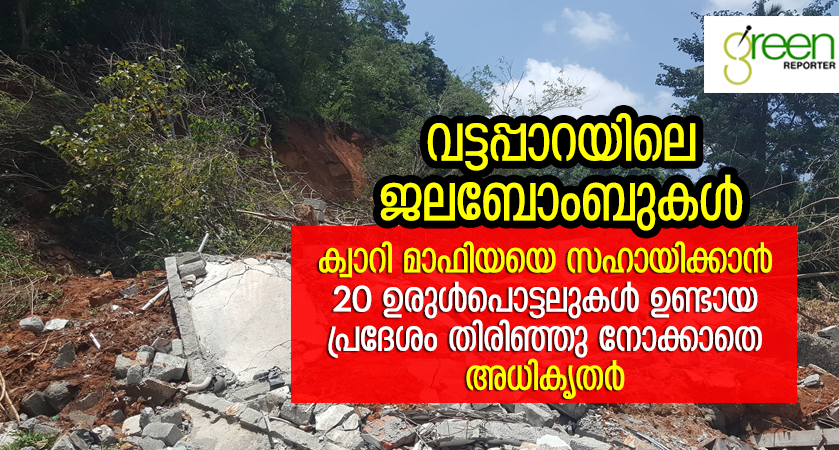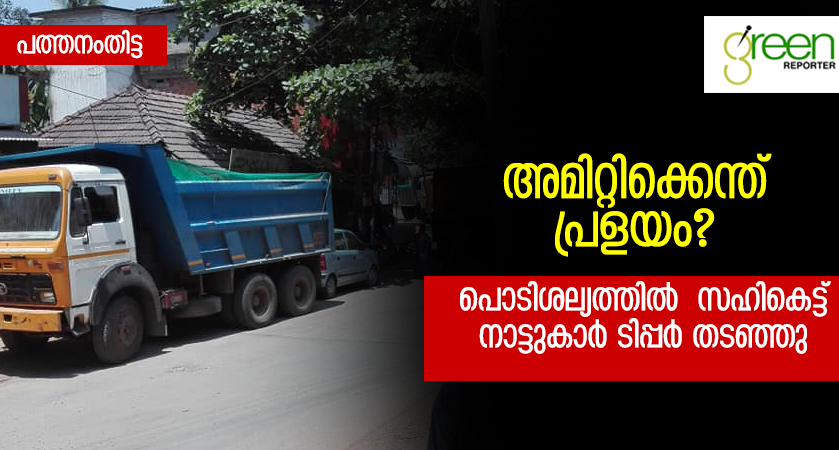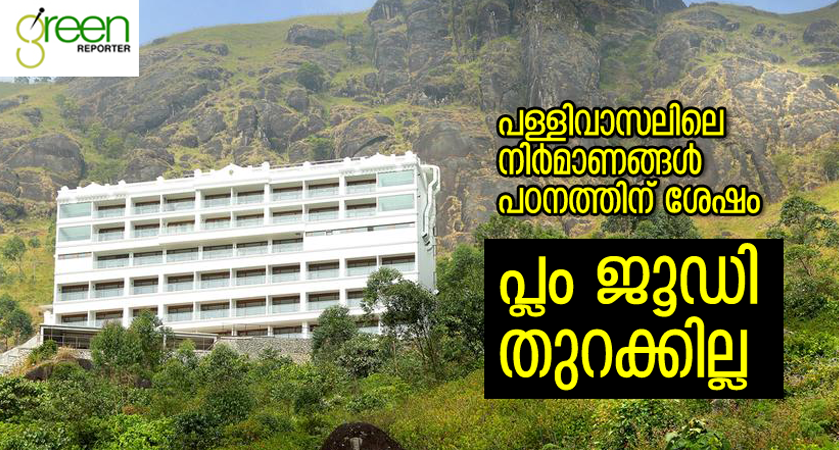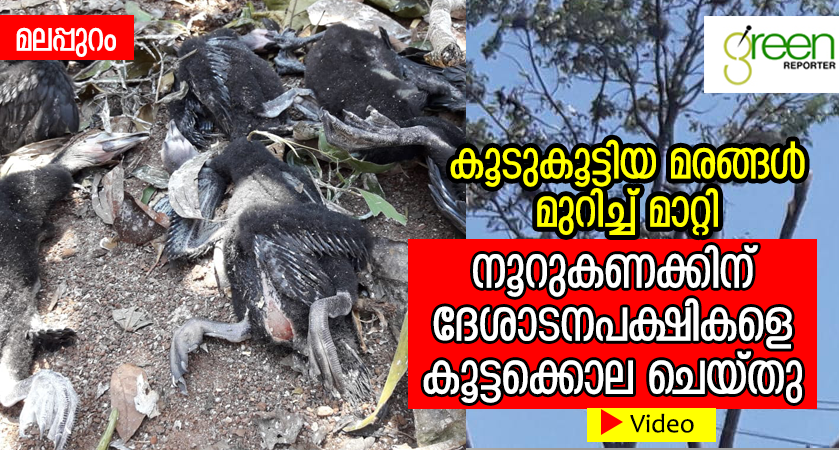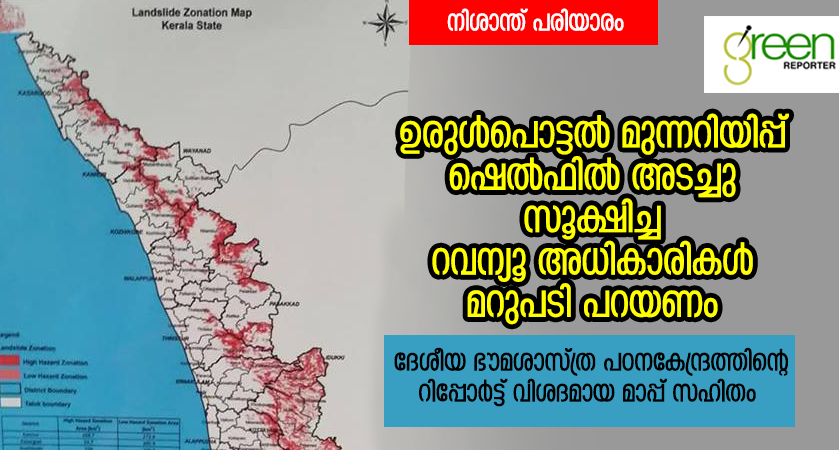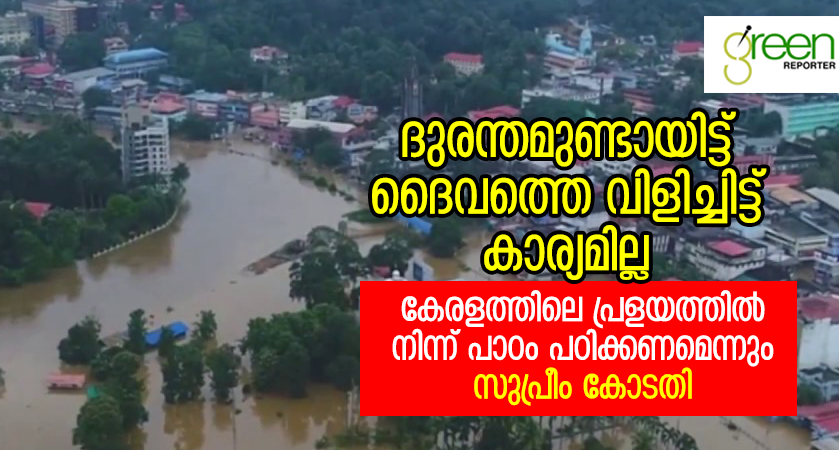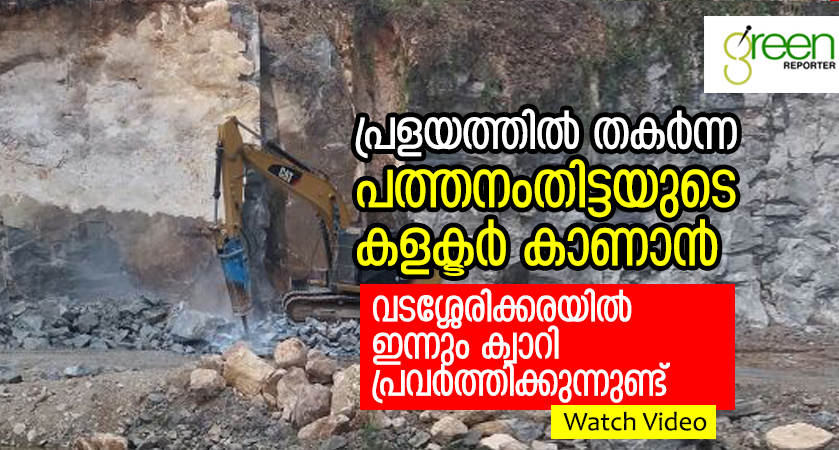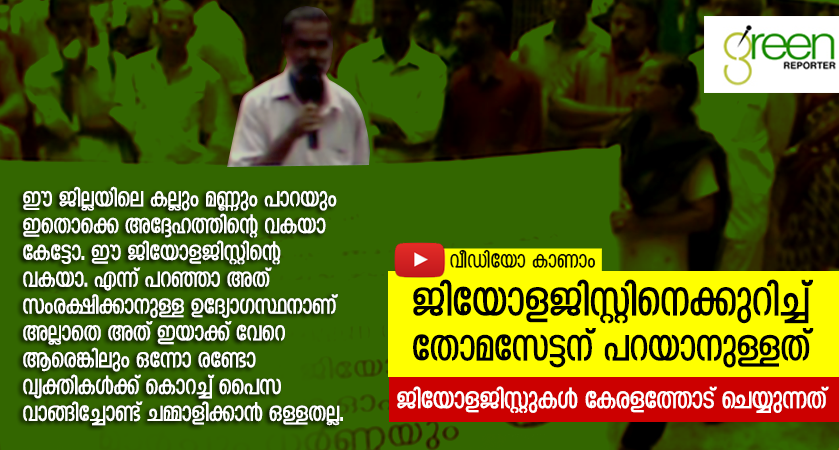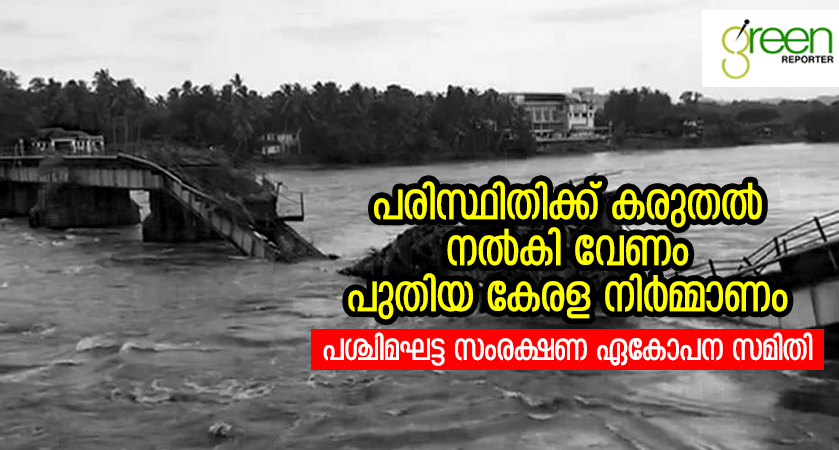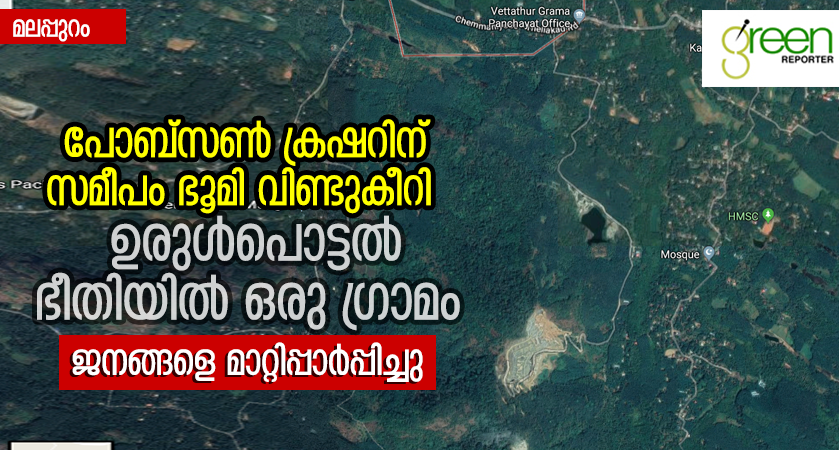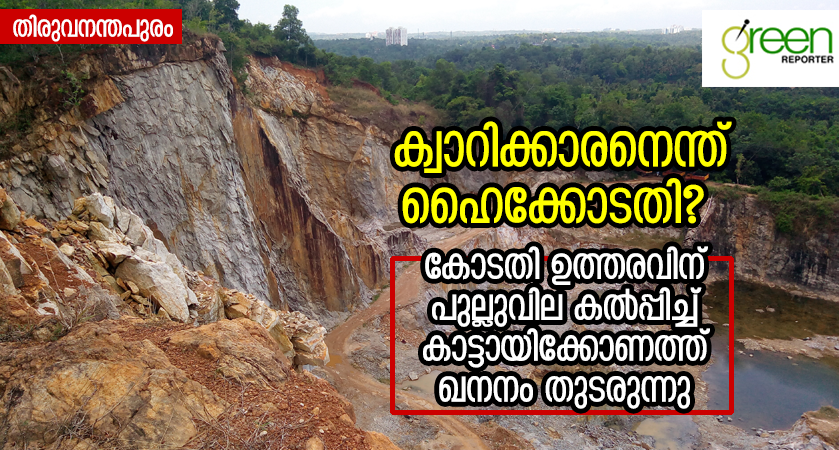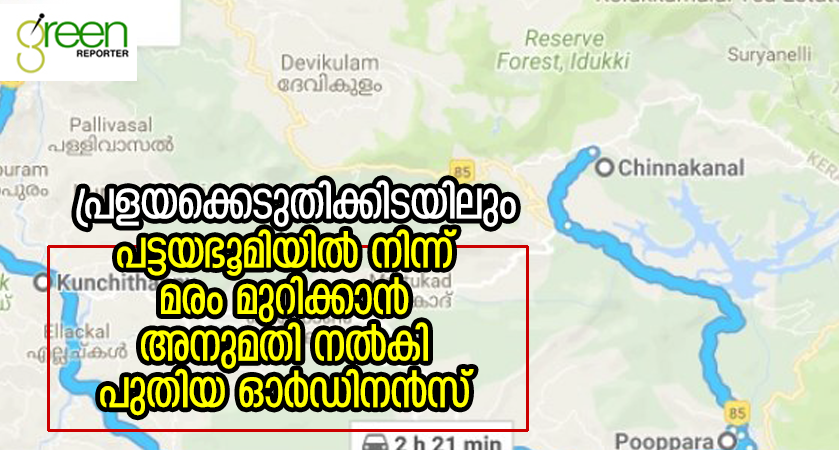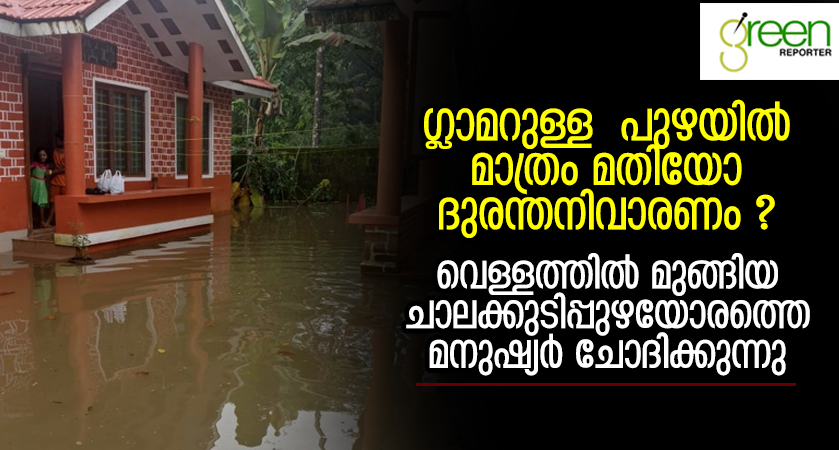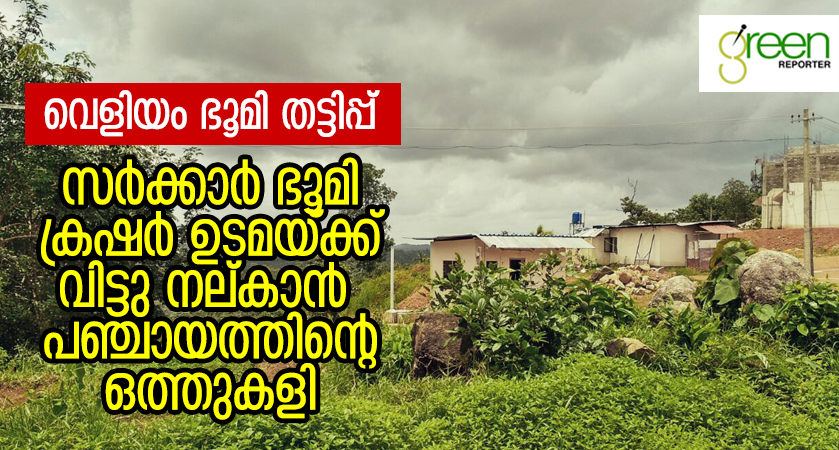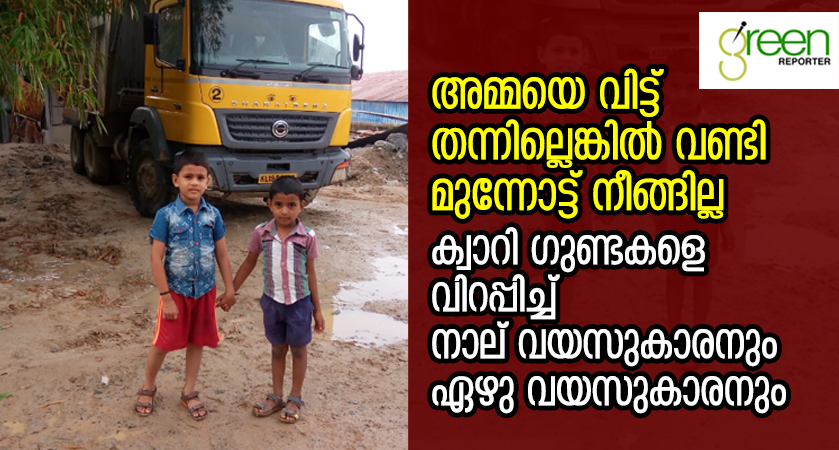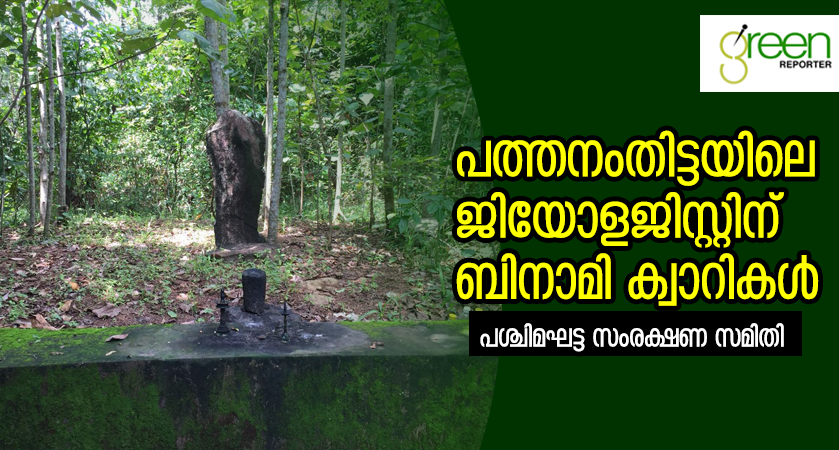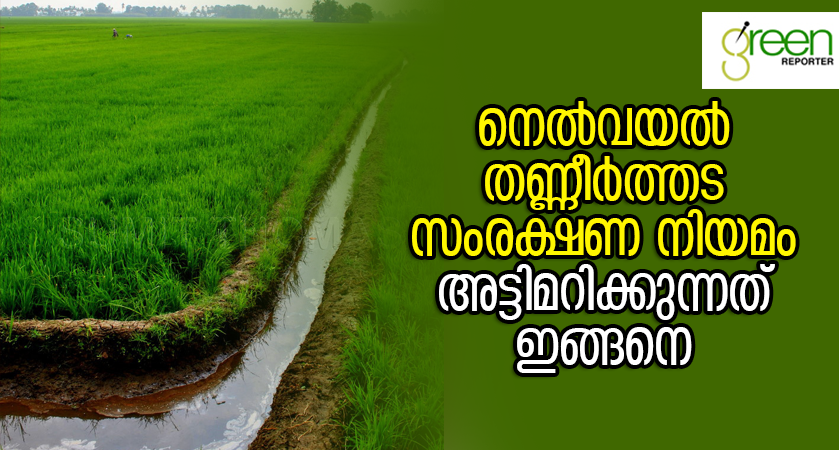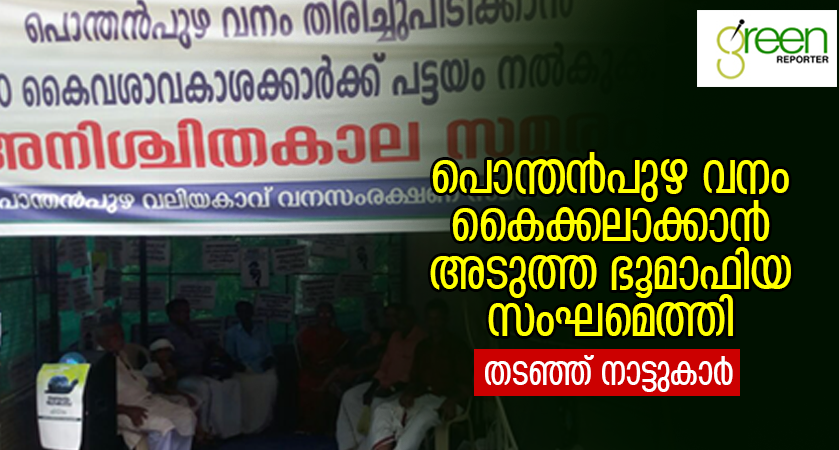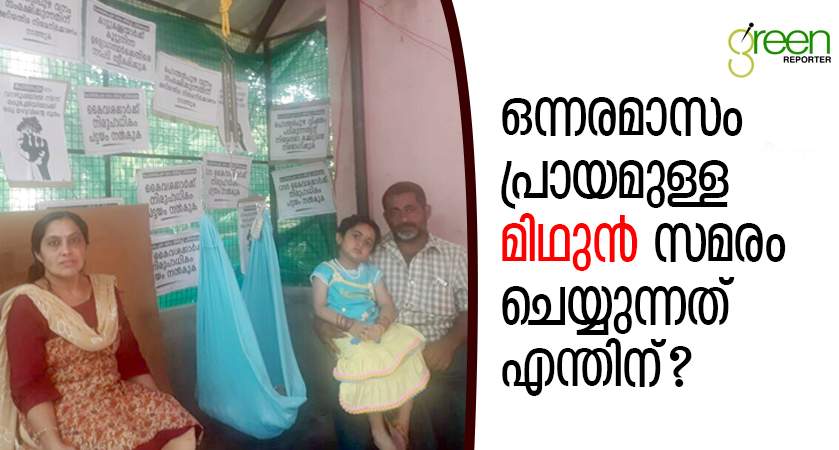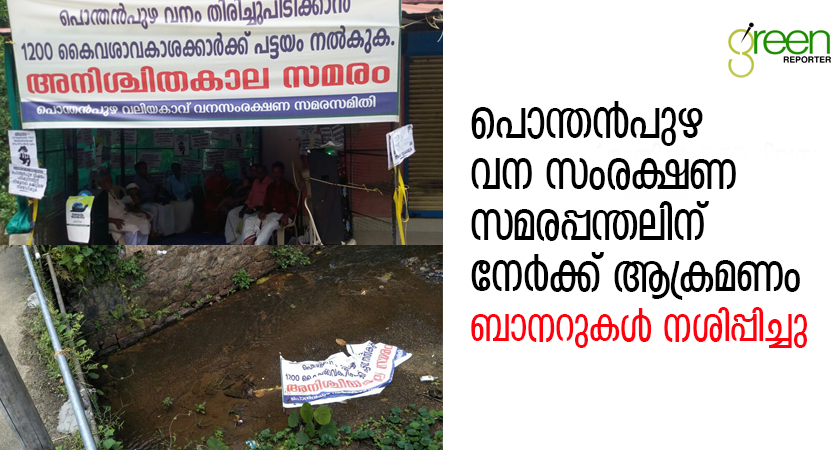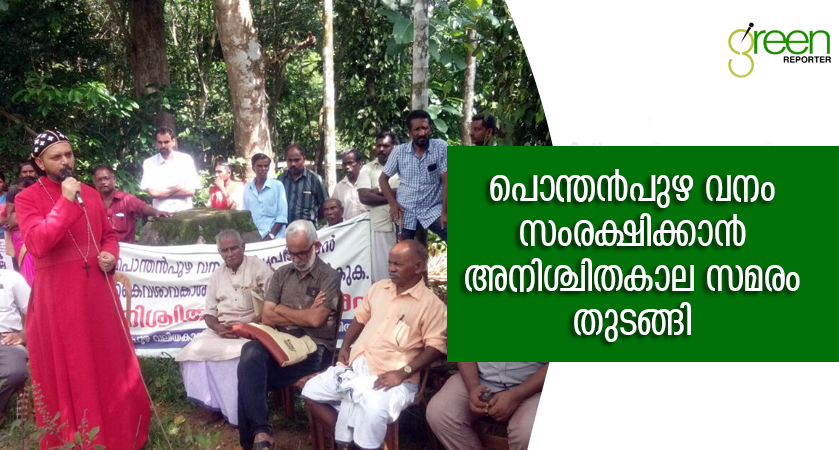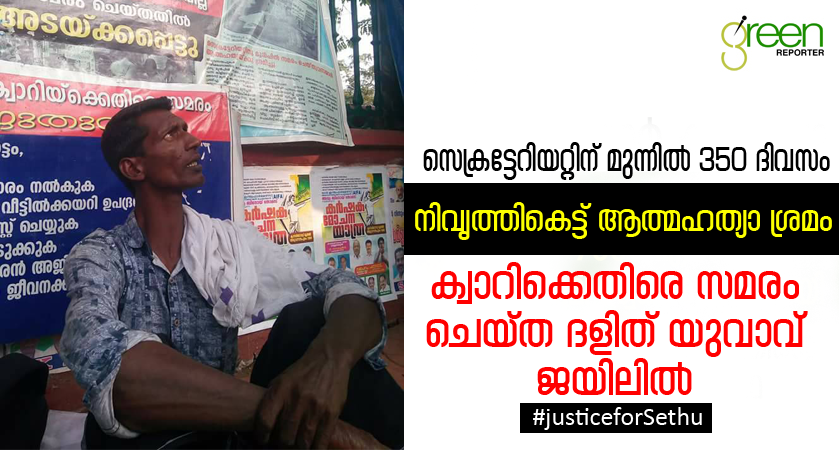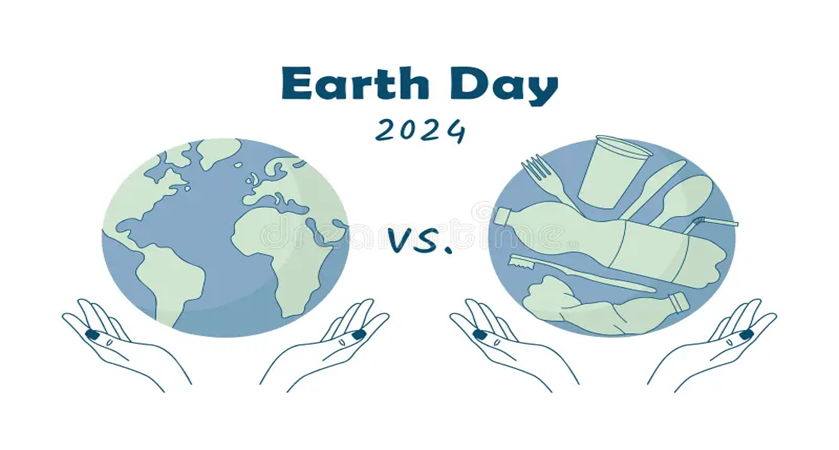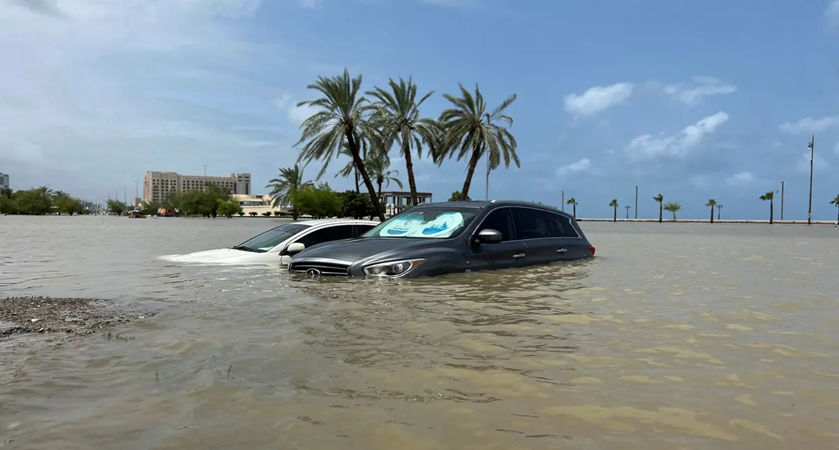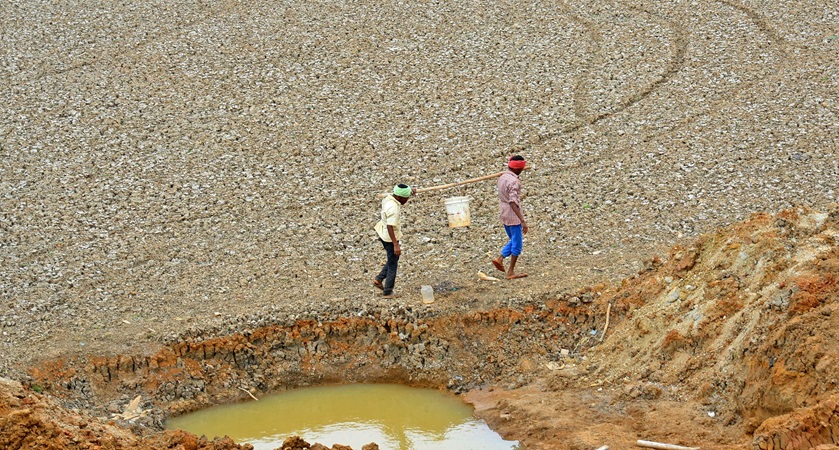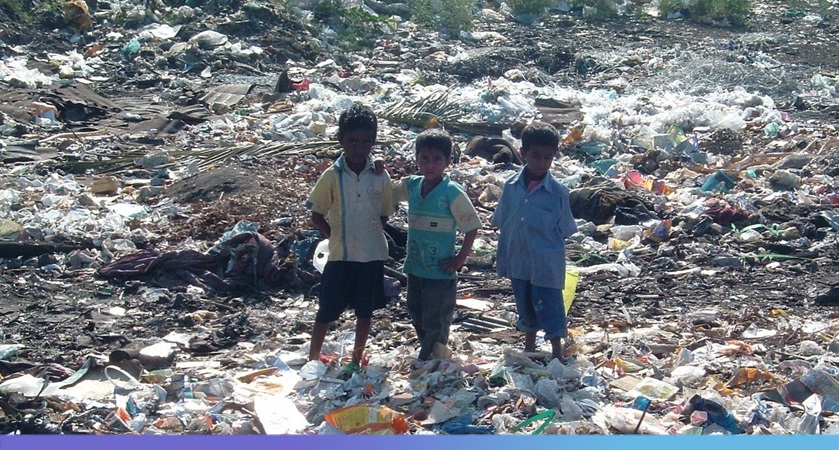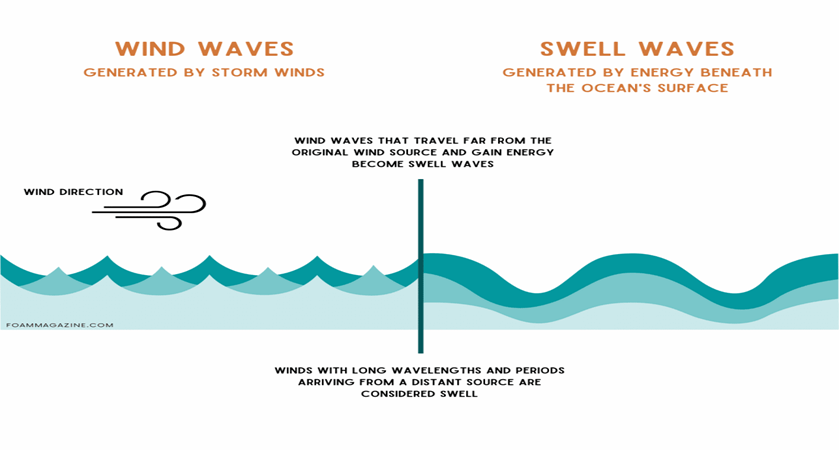How to build Kerala after flood - Part 3
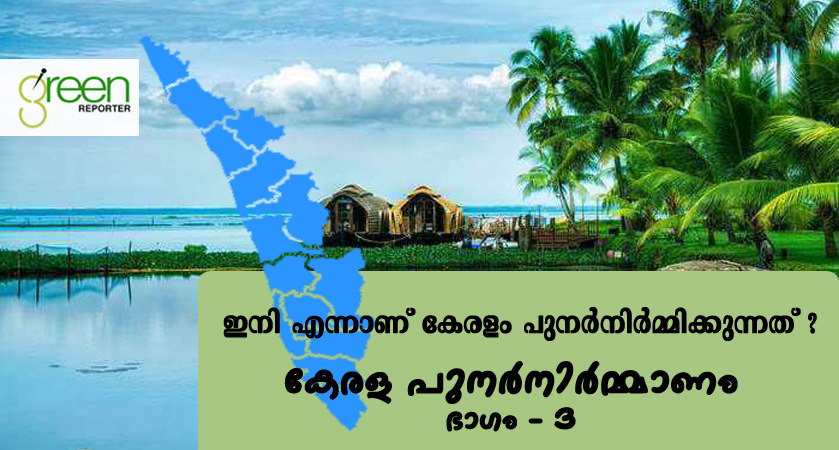
Small Industrial Units for all types of people
Buildings in other Areas
- HILLY AREAS
- KUTTANADU AREAS
- COASTAL AREAS
Hilly Areas
For hilly areas, if required, soil shall not be removed and stepped construction with smaller span along the road and valley shall be followed
The current construction methodology is unscientific and against the environmental principles which may results in disasters. Hence to be avoided totally.
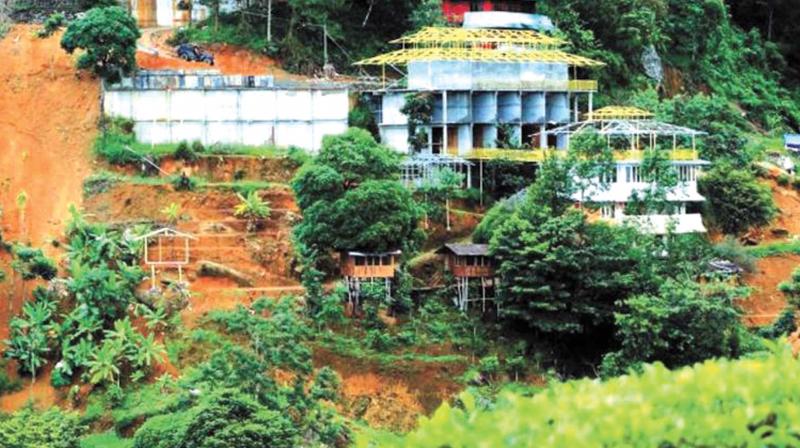

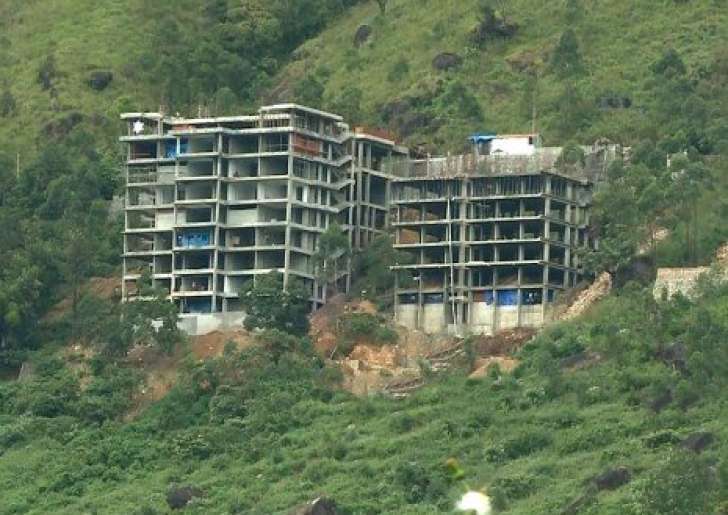
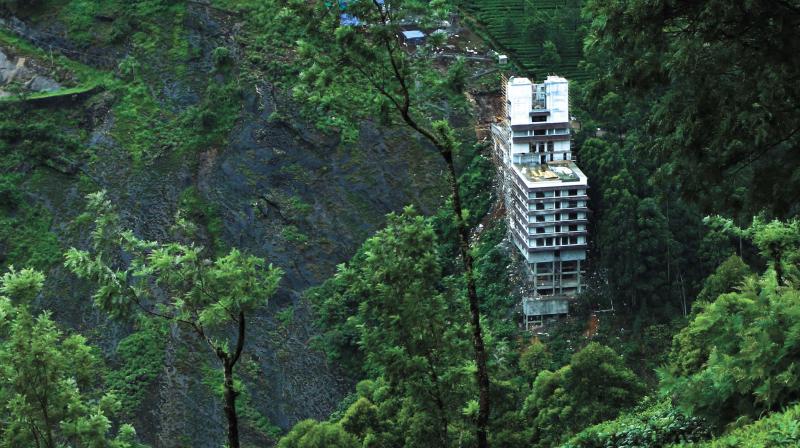
Present Construction methodology to be avoided as unsafe as shown in the above pictures
Construction on slopes shall be avoided as far as possible. If it is unavoidable, the construction on steep slope shall be done without removing the soil. The following typical methodology shall be followed. (Stepped or benching method shall be followed. The span of the building along the road or on the valley shall not be large.)
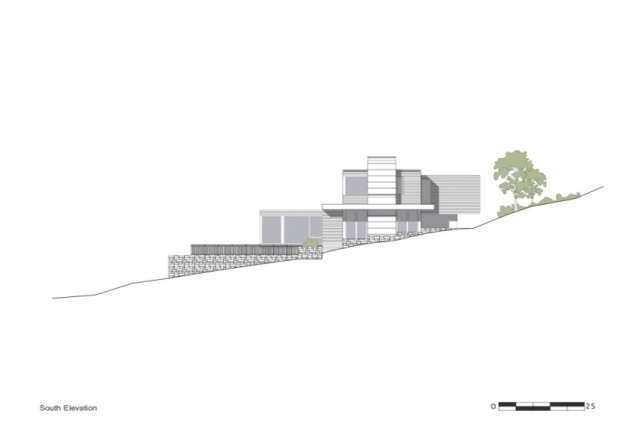

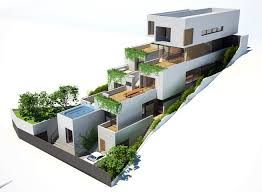


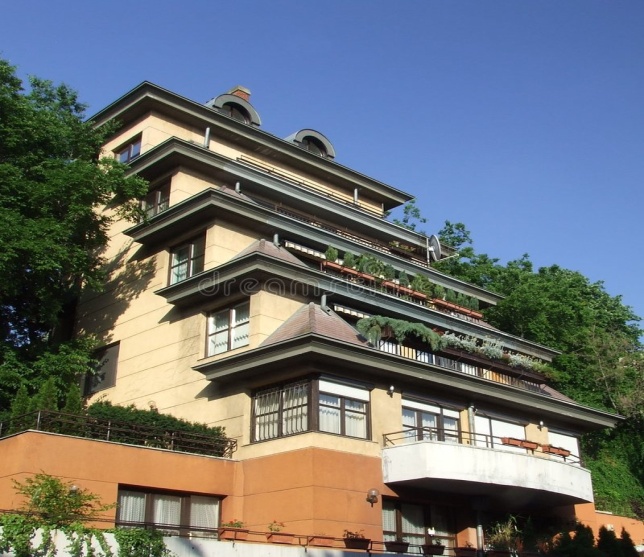
Construction on slopes
- KUTTANADU AREAS - INFLOOD AFFECTED AREAS
- CLUSTER HOUSES AT ABOVE THE HFL ON PILLARS
Flood resilient construction has become an essential component of the integrated approach to flood risk management, now widely accepted through the concepts of making space for water and living with floods. The early 21st century witnessed the emergence of the “living with water” philosophy, which has resulted in the renewed understanding of flood resilience at a property level. Current thinking on flood resilient construction starts from the premise that new construction on the floodplain should be avoided where possible, following the principles of “making space for water”
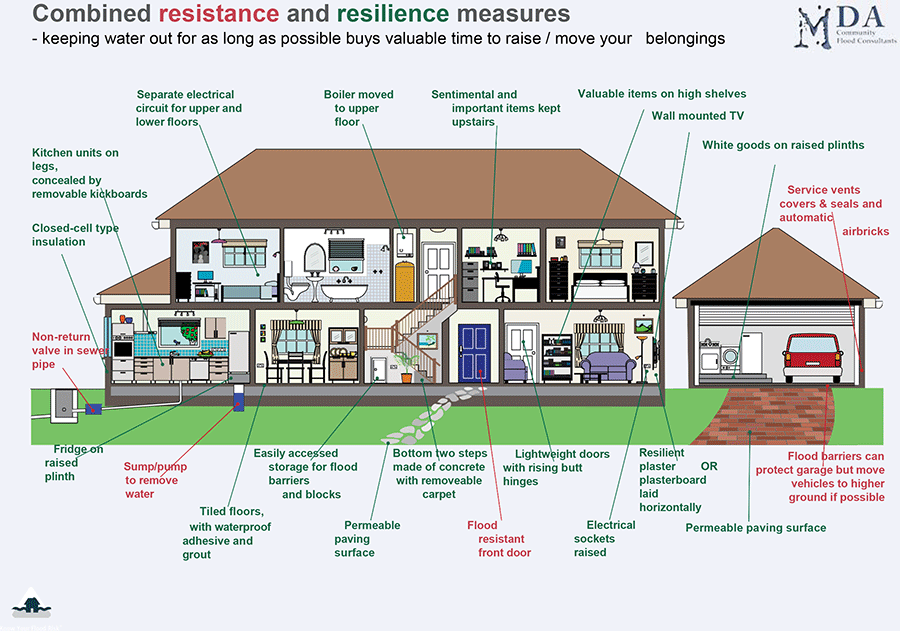
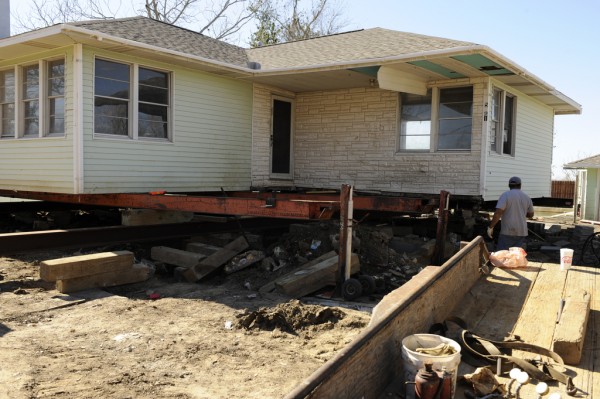

Raising the existing building through under pinning Raised Construction

Raised Construction allowing water to stay and flow
Flood resilient construction strategies are categorized into three types
- Water avoidance,
- Water exclusion, and
- Water entry, with the avoidance approach being the most commonly adopted, mainly through elevation and landscaping systems.
Other approaches include buildings that are designed to permanently float or to float in flood conditions.
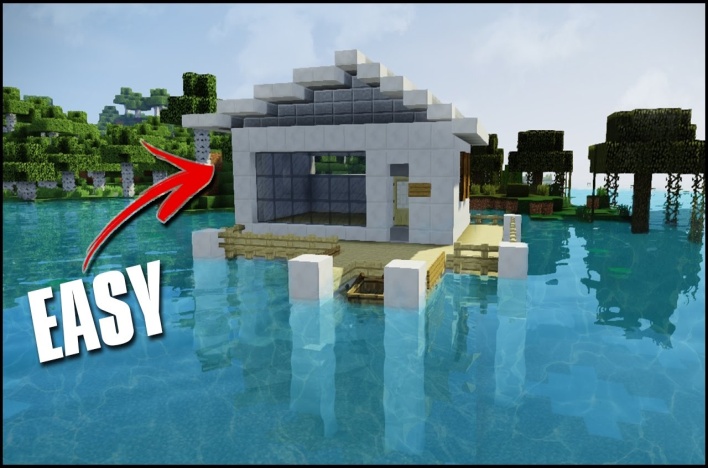
Building designed to float permanently
All of these construction strategies are costly and to be carefully adopted.
COASTAL AREAS
Housing in coastal areas for fishermen shall be planned/designed in such a way that their habitat shall be in harmony with the environment.
-
-
- For the fishermen community, the area shall be divided in to 4 layers
- First layer shall be fish landing
- Second shall be fish management (auction and temp. storage)
- Third shall be bio belt ( Green Belt)
- Fourth shall be residential area.

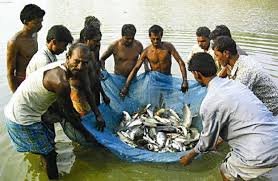
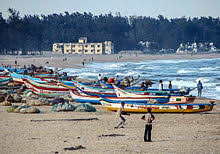
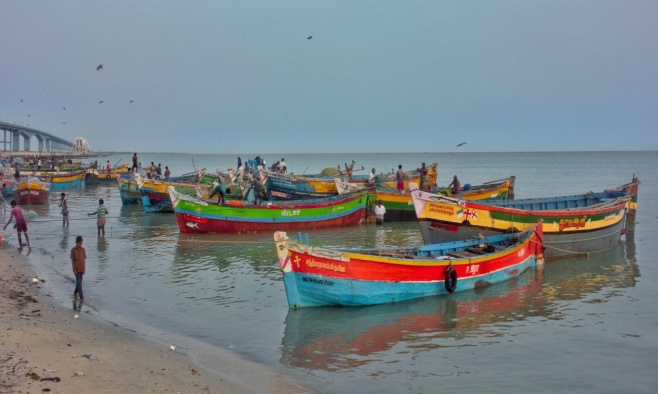
First layer
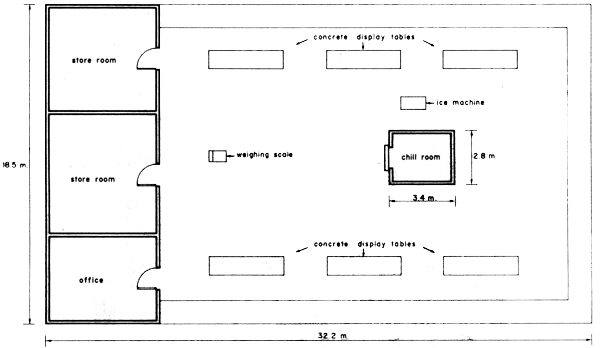

Second layer-Fish Management
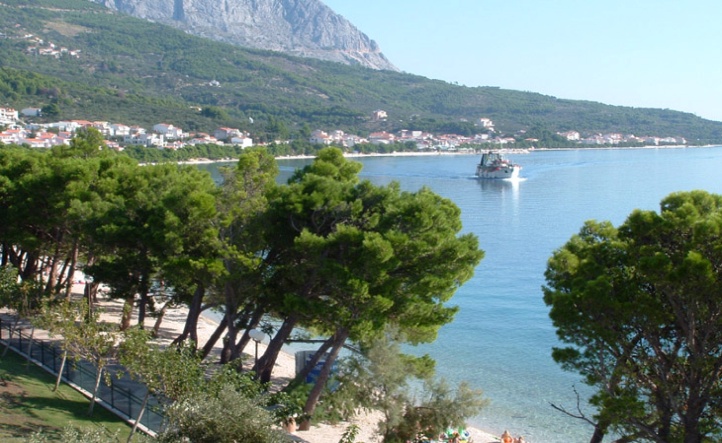
Third layer Green Belt – Bio Belt
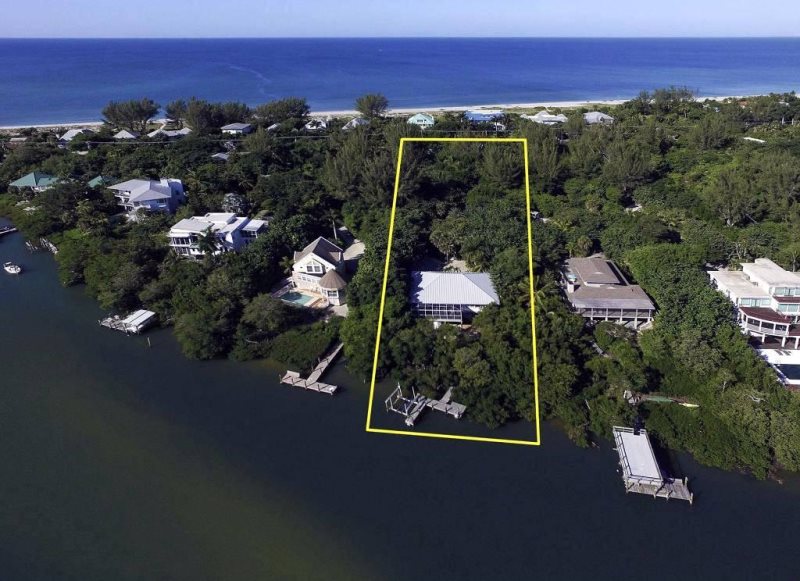 Fish landing with pontoons-
Fish landing with pontoons-
Costly construction
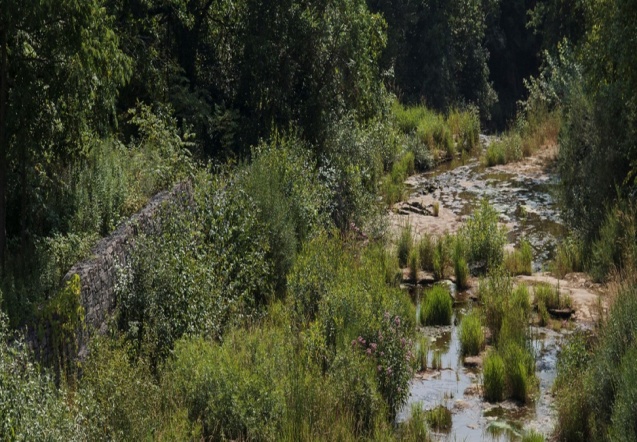
Housing shall be constructed as cluster or group with all amenities as mentioned in the first case of Cluster houses

Activities to be prohibited in coastal areas, in all zones
There are some activities that are inherently unacceptable in any zone, these include:
-
- Groynes /breakwater/shore protection- rigid structures built out from a shore to protect the shore from erosion, to trap sand or to redirect a current
- Infilling with earth / sand or rocks
- Dredging, excavation and associated spoil disposal activities except with an ocean disposal.
- Beach quarrying.
(Continue...)
Report: Prasad Somarajan
Green Reporter

Green Reporter Desk
Visit our Facebook page...
Responses
0 Comments
Leave your comment
Small Industrial Units for all types of people
Buildings in other Areas
- HILLY AREAS
- KUTTANADU AREAS
- COASTAL AREAS
Hilly Areas
For hilly areas, if required, soil shall not be removed and stepped construction with smaller span along the road and valley shall be followed
The current construction methodology is unscientific and against the environmental principles which may results in disasters. Hence to be avoided totally.




Present Construction methodology to be avoided as unsafe as shown in the above pictures
Construction on slopes shall be avoided as far as possible. If it is unavoidable, the construction on steep slope shall be done without removing the soil. The following typical methodology shall be followed. (Stepped or benching method shall be followed. The span of the building along the road or on the valley shall not be large.)






Construction on slopes
- KUTTANADU AREAS - INFLOOD AFFECTED AREAS
- CLUSTER HOUSES AT ABOVE THE HFL ON PILLARS
Flood resilient construction has become an essential component of the integrated approach to flood risk management, now widely accepted through the concepts of making space for water and living with floods. The early 21st century witnessed the emergence of the “living with water” philosophy, which has resulted in the renewed understanding of flood resilience at a property level. Current thinking on flood resilient construction starts from the premise that new construction on the floodplain should be avoided where possible, following the principles of “making space for water”



Raising the existing building through under pinning Raised Construction

Raised Construction allowing water to stay and flow
Flood resilient construction strategies are categorized into three types
- Water avoidance,
- Water exclusion, and
- Water entry, with the avoidance approach being the most commonly adopted, mainly through elevation and landscaping systems.
Other approaches include buildings that are designed to permanently float or to float in flood conditions.

Building designed to float permanently
All of these construction strategies are costly and to be carefully adopted.
COASTAL AREAS
Housing in coastal areas for fishermen shall be planned/designed in such a way that their habitat shall be in harmony with the environment.
-
-
- For the fishermen community, the area shall be divided in to 4 layers
- First layer shall be fish landing
- Second shall be fish management (auction and temp. storage)
- Third shall be bio belt ( Green Belt)
- Fourth shall be residential area.
- For the fishermen community, the area shall be divided in to 4 layers
-




First layer


Second layer-Fish Management

Third layer Green Belt – Bio Belt
 Fish landing with pontoons-
Fish landing with pontoons-
Costly construction

Housing shall be constructed as cluster or group with all amenities as mentioned in the first case of Cluster houses

Activities to be prohibited in coastal areas, in all zones
There are some activities that are inherently unacceptable in any zone, these include:
-
- Groynes /breakwater/shore protection- rigid structures built out from a shore to protect the shore from erosion, to trap sand or to redirect a current
- Infilling with earth / sand or rocks
- Dredging, excavation and associated spoil disposal activities except with an ocean disposal.
- Beach quarrying.
(Continue...)
Report: Prasad Somarajan

Green Reporter Desk





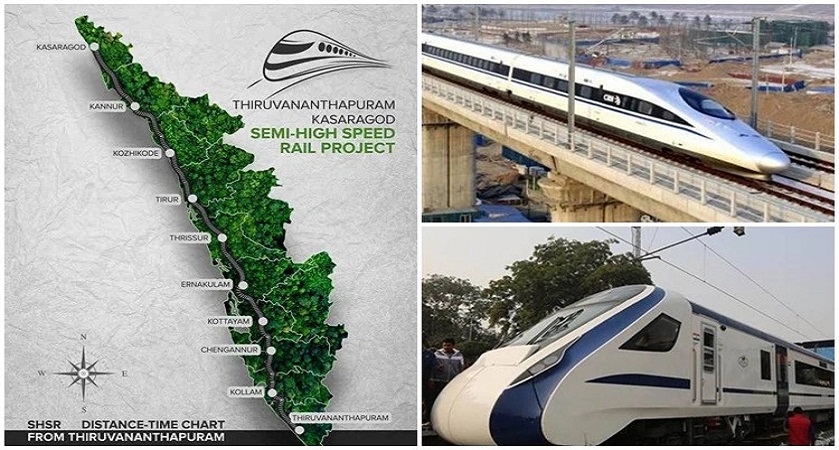


.jpeg)


